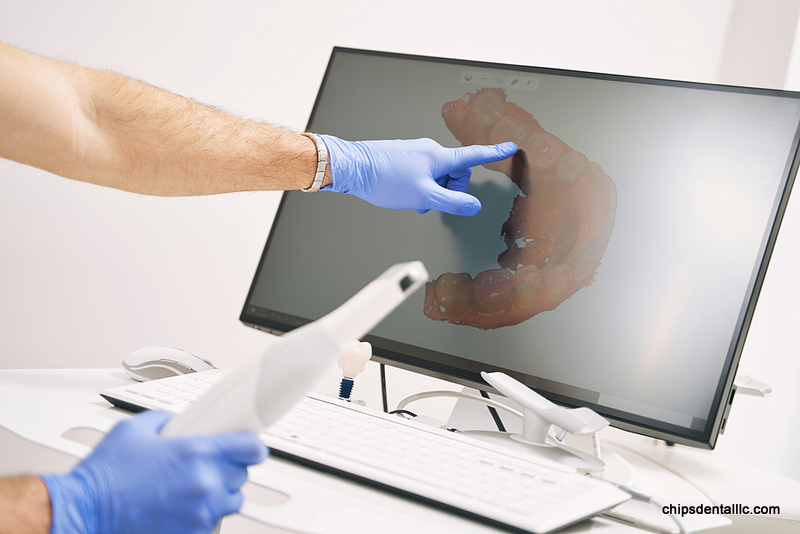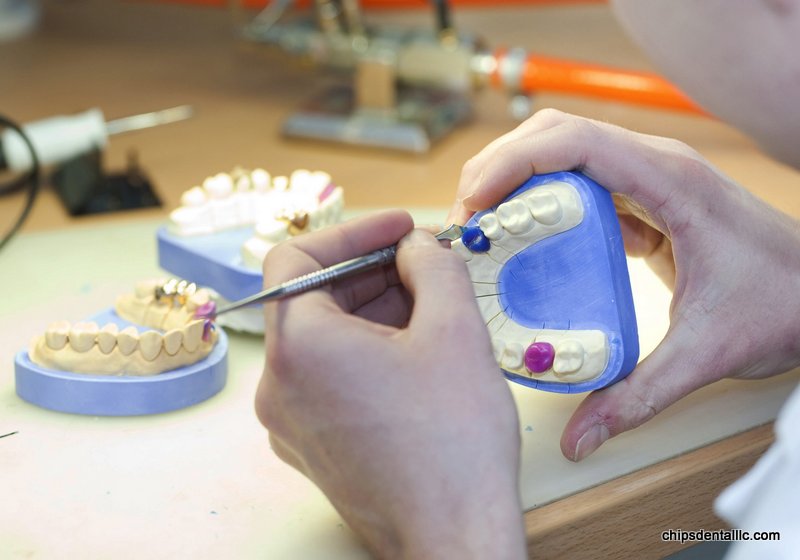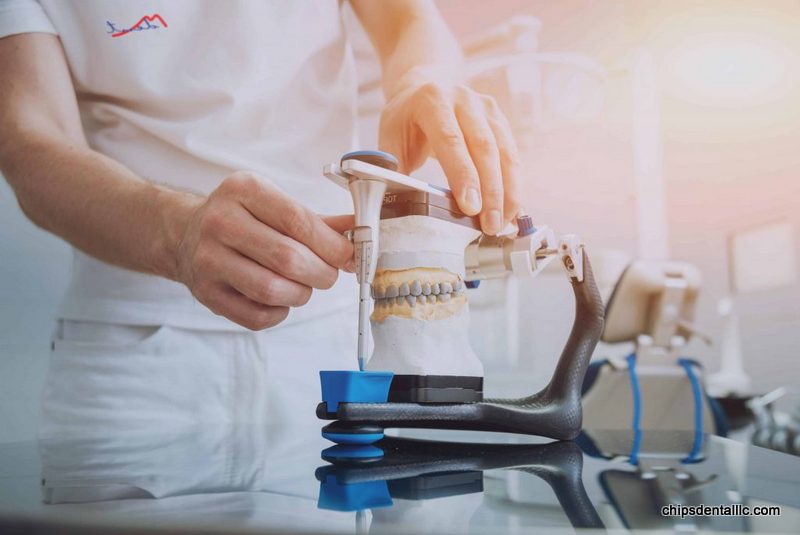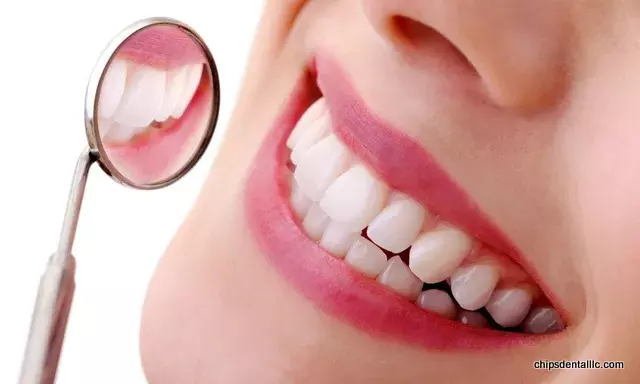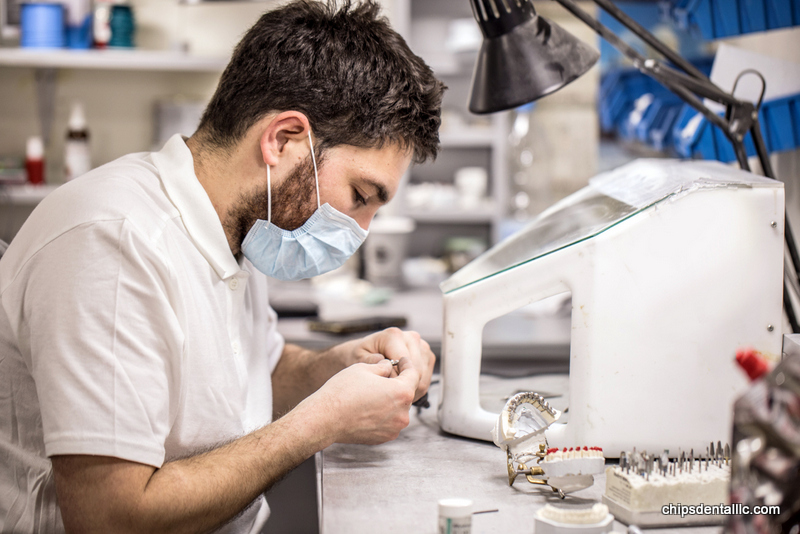Types of dental technology include digital imaging, CAD/CAM systems, and laser dentistry. Patient management software and 3D printing are also pivotal.
Embracing modern technology has revolutionized dental care, offering precision, efficiency, and improved patient experiences. For any dental practice wanting to remain at the forefront of patient care, understanding the variety of dental technologies is crucial. Digital imaging systems, such as digital X-rays, allow for faster diagnoses with less radiation exposure.
CAD/CAM systems enable the design and creation of dentist restorations with remarkable accuracy in a single visit. Laser dentistry provides a less invasive alternative for various procedures, often reducing pain and healing time. Advanced patient management software streamlines each visit, from appointment scheduling to treatment planning. Lastly, 3D printing technology is becoming increasingly popular for its quick and custom solutions in prosthodontics and orthodontics. Keeping abreast of these technologies ensures that dental professionals can offer the best care possible.

Credit: www.fremontdentalgroup.com
Innovations In Diagnostic Dentistry
Diagnostic dentistry has taken a giant leap forward with cutting-edge technology. Dentists can now discover issues earlier, provide better treatment, and ensure our smiles are healthier. Below, we’ll peek into innovative tools transforming dental check-ups.
Intraoral Cameras
Intraoral cameras revolutionize how dentists view teeth. These tiny digital cameras go inside your mouth. They show clear images of your teeth on a screen. Dentists spot problems fast. We get to see exactly what they do! It’s like a tiny dentists detective.
- High-resolution images
- Real-time tooth examinations
- Easier diagnosis
Digital X-rays
Digital X-rays are a modern twist on traditional dentists x-rays. They are fast and emit less radiation. You sit comfortably while a sensor captures the image. Within seconds, your dentist views it on a screen. Digital X-rays make spotting tooth and jaw issues easier than ever.
| Traditional X-rays | Digital X-rays |
|---|---|
| More radiation | Less radiation |
| Longer processing time | Instant results |
| Harder to store | Easy digital storage |
Advancements In Restorative Treatments
Advancements in Restorative Treatments have revolutionized how we approach dentists care. Modern technology has enabled more precise, efficient, and durable solutions for common dental problems. From tooth decay to damaged or missing teeth, cutting-edge methods bring relief and confidence back to patients. Let’s explore some groundbreaking technologies in the field of restorative dentistry.
Cad /cam Technology For Crowns And Bridges
Computer-Aided Design (CAD) and Computer-Aided Manufacturing (CAM) technology streamline the creation of dentists prosthetics. This method allows dentists to rapidly produce custom-fitted crowns, bridges, and veneers. The process is straightforward:
- Teeth are scanned with advanced imaging technology.
- A 3D model is created on a computer.
- The restoration is precisely carved out of ceramic material.
Patients benefit from a perfect fit and same-day restorations. No need for multiple appointments or temporary crowns.
Laser Dentistry For Cavity Treatment
Laser technology has brought a pain-free, needleless experience to cavity treatment. Lasers target decay with pinpoint accuracy, preserving more healthy tooth structure. They also kill bacteria and prepare the tooth for a filling. Here’s why laser dentistry stands out:
- Less anxiety for patients wary of drills
- Faster recovery times
- Reduced need for anesthesia
These advancements make dental visits less daunting and improve overall oral health outcomes.
Revolutionizing Orthodontics
The field of orthodontics is experiencing a tech transformation. Innovations are making treatments faster, more aesthetic, and tailored to each patient’s unique needs. Explore the forefront of dental technology optimizing the way we straighten smiles.
Clear Aligners
Once metal braces were the only option, now clear aligners lead the way. These transparent, snug-fitting mouthpieces have revolutionized braces by being nearly invisible. Patients, especially adults, love the discretion these aligners offer. Here’s why:
- Removable: Enjoy meals without restrictions.
- Comfort: Custom-made for a smooth fit.
- Efficiency: Advanced planning slashes treatment time.
Aesthetics aside, clear aligners also promote better oral hygiene. Easily removed before brushing or flossing, they help maintain a cleaner mouth throughout treatment.
3d Printing For Custom Braces
Customization reaches new heights with 3D printing technology. Orthodontists now design braces tailored to each tooth. What does this mean for patients?
| Traditional Braces | 3D Printed Braces |
|---|---|
| One-size-fits-all approach | Precision fit for each tooth |
| Adjustments needed | Fewer appointments, more comfort |
| Visible metal | Subtle look, less noticeable |
3D printing has slashed the waiting time for braces. Patients receive efficient and effective treatment with a sleek design, custom fit, and comfort that generic braces can’t match.
Improving Dental Implant Procedures
Dental treatments advance rapidly, offering precision and comfort. Among these, dental implant procedures have undergone remarkable improvements. Let’s explore the cutting-edge technologies elevating dental implants to new heights of success and reliability.
Cone Beam Computed Tomography (cbct)
Cone Beam Computed Tomography, or CBCT, is a game-changer for dental implants. It gives dentists 3D images of the jaw and teeth. These details are crucial for perfect implant placement.
- High resolution: Clear images help in identifying nerves and structures.
- Low radiation: Safer than traditional CT scans.
- Fast scanning: Quick turnaround for efficient planning.
Guided Implant Surgery
Guided Implant Surgery pairs with CBCT for extraordinary accuracy. This method uses 3D images to plan the surgery. The dentist then follows a guide during the procedure. It ensures that implants sit perfectly in the jaw. This technology reduces risks and improves results.
- Less invasive procedure
- Decreased discomfort and healing time
- Better outcomes and longer-lasting implants
Enhancing Patient Experience With Tech
Dentistry has always embraced innovation to better serve patients. Today’s dental technology goes beyond improving clinical outcomes. It prioritizes the patient’s overall experience during their visit. From calming nerves to streamlining procedures, dental tech now plays a critical role in patient satisfaction.
Virtual Reality For Anxiety Management
Dental visits can trigger anxiety in many patients. The solution might lie in virtual reality (VR). VR immerses patients in a calming environment, diverting their attention from the procedure. It’s a simple yet effective distraction technique.
- Provides a relaxing escape
- Reduces patient stress levels
- May decrease the need for sedatives
Digital Impression Systems
Say goodbye to uncomfortable traditional impressions. Digital impression systems offer a gag-free alternative for patients. These cutting-edge devices quickly capture the mouth’s landscape. The result? Faster, more accurate molds minus the discomfort.
| Traditional Impressions | Digital Impressions |
|---|---|
| Messy and uncomfortable | Clean and comfortable |
| Time-consuming | Quick and efficient |
| Less accurate results | Highly accurate data |

Credit: www.grantdentistryco.com
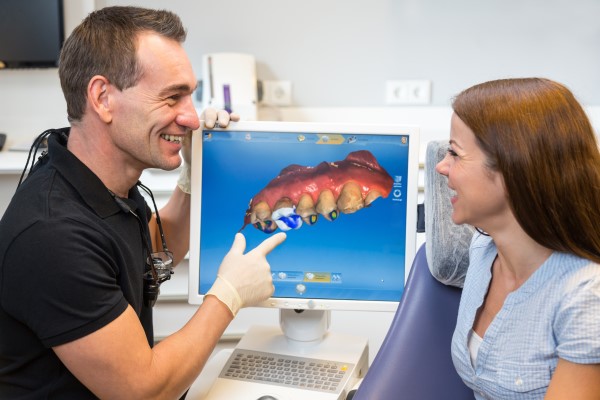
Credit: www.palmbeachdentistry.com
Frequently Asked Questions Of Types Of Dental Technology
What Are Common Dental Imaging Technologies?
Dental imaging technologies include digital X-rays, CT scans, and intraoral cameras, facilitating accurate diagnoses and treatment planning.
How Does Cad/cam Enhance Dental Services?
CAD/CAM technology enables quick, precise dental restorations like crowns and veneers directly in the dental office, enhancing patient experience.
Can Lasers Be Used In Dentistry?
Yes, dental lasers perform various procedures, from cavity treatment to gum reshaping, often with less pain and faster healing times.
Conclusion
Embracing the latest dental technologies significantly enhances patient care. It streamlines procedures, improves accuracy, and shortens recovery times. As the field continues to evolve, staying informed on these advancements will benefit both dental professionals and patients alike. Remember, a better-equipped clinic often translates to a brighter, healthier smile.
